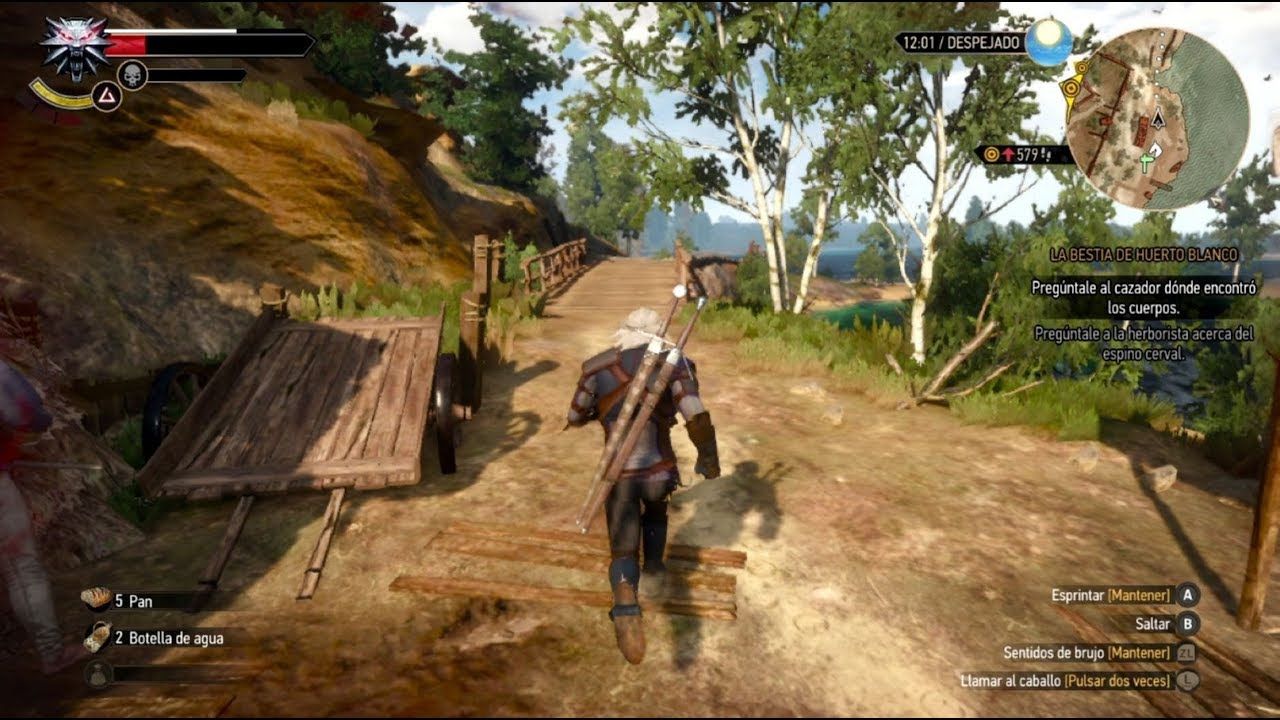For many players, the heads-up display (HUD) on the screens of most open-world games have become the primary means of navigation. If an NPC gives them a task, lo and behold a quest marker appears on the mini-map. If the main quest requires them to go to a shrine, suddenly some dotted lines or an arrow appear to aid players in their exploration.
Games weren't always this way. Many older games used maps that only featured the bare minimum needed to figure out the surroundings. Sure, sometimes it could be tedious, which is why many games began implementing more indicators and guides, but this has gone too far. Nowadays, most open-world games are cluttered with icons, navigation bars, mini-maps and arrows. And that's a problem when a game is promising its players freedom and exploration.
When players spend most of their traveling time glancing at the mini-map instead of absorbing the beautiful environment of the open-world, that's a fault in the game design. And when player's are finding objects and locations because a dotted line or waypoint marker showed them the way, there really isn't any real exploration or discovery taking place here.
Then there's the issue of players becoming overly dependent on the HUD, which ruins immersion. A simple difference, like a map being found in a journal versus a mini-map hovering in the corner of the screen at all times, makes for a huge difference in terms of how immersed a player is in game's world. Instead of holding players' hands, developers should let go by turning off the HUD.
Many games do provide the option to deactivate the various HUD elements, but this leads to a different problem altogether. When a game is designed for players to rely on a mini-map or a floating arrow, it's easy to get lost and struggle without the HUD there to guide them. Instead of being given an option to turn it off, developers should make the lack of HUD guidance a default.
When an open-world allows progression without the help of these on-screen visual aids, exploration becomes truly exciting, liberating and far more rewarding an experience. In Assassin's Creed, the HUD tells players everything down to where the points of interest and quest locations are. By turning it off, players can breathe in the visuals of the historic settings. They can spot birds or eagles in the sky to find the next tower to use their Eagle Vision and discover points-of-interest without looking at map icons.
In The Legend of Zelda: Breath of the Wild, players can climb towers and scout the distance for something interesting. They can then follow it up by finding their own way to that location instead of following some mini-map trail. In The Elder Scrolls: Morrowind, players can listen to directions from NPCs and follow sign posts, the direction of a river or other environmental clues to make their way to the destination by themselves.
Open-worlds should strive for more intuitive guides, such as directions embedded into the world design rather than breaking up the immersion with meta elements. However, this isn't to say HUDs shouldn't exist. Many gamers do rely on them, and they're important for accessibility. But unless players specifically choose to use it in settings, HUD elements should not be on the screen. Instead, games should be designed to be playable without them.



